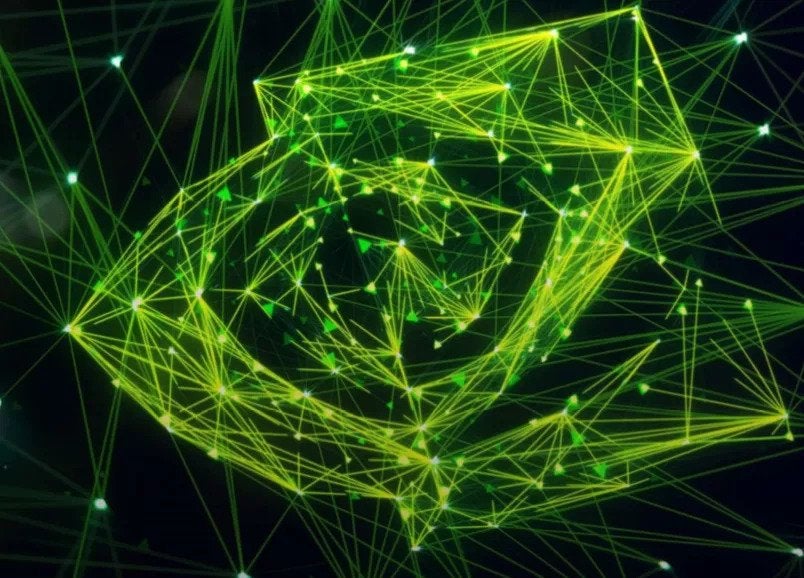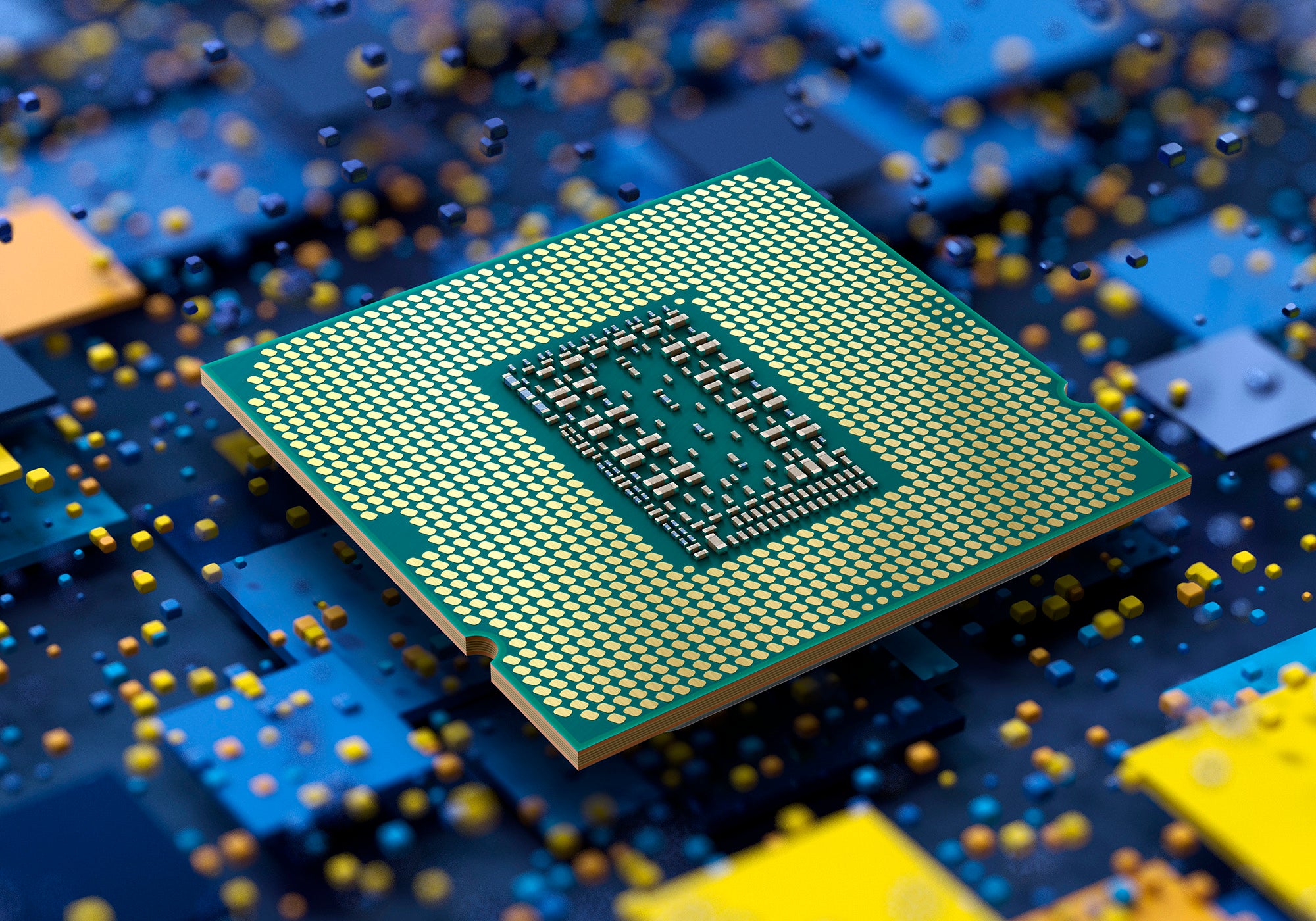What is DLSS and which games are supported?

Once upon a time, the only thing you needed to take into consideration when buying a graphics card was the core performance. That’s no longer the case, with Nvidia now offering incredibly useful features such as DLSS.
If you’ve been thinking of buying an Nvidia graphics card, you’ve likely heard the company banging the DLSS drum in all of their marketing. But what exactly is it?
We’ve created this comprehensive guide to explain everything you need to know, so keep reading on for the full lowdown.
What is DLSS?
DLSS stands for Deep Learning Super Sampling and it is an Nvidia RTX feature that uses artificial intelligence to boost a game’s framerate performance higher, coming in handy when your GPU is struggling with a heavy workload.
When using DLSS, your Nvidia RTX GPU essentially generates an image at a lower resolution to lessen the strain on the hardware, and then uses artificial intelligence to add additional pixels to upscale the picture to the desired resolution.
Rendering the game at a lower resolution will reduce the workload of the GPU, and therefore result in a significant frame rate boost. This is what makes DLSS so appealing, as you’ll suddenly be able to benefit from the likes of 4K visuals, even if your graphics card isn’t normally powerful enough.
Right now, DLSS is only available on Nvidia RTX graphics cards, including the 20-Series, 30-Series and 40-Series. AMD does have its solution to this problem, as FidelityFX Super Resolution provides a very similar service and is supported on AMD graphics cards. However, DLSS sets itself apart by relying on sophisticated AI learning to produce images, and so is capable of far better image quality.
The downside to this is that Nvidia needs to train the AI with each individual game in order to enable support. This means that there’s a limited list of supported games, minimising how useful the technology is to the average user. The good news is that the list of compatible games is always growing larger.
Does DLSS reduce visual quality?
One of the biggest criticisms of DLSS when it first launched was that many gamers could spot that the upscaled picture often looked a little blurry, and wasn’t always as detailed as the native image.
Since then, Nvidia has launched multiple updates to the technology, with DLSS 3.5 being the latest. Nvidia now claims that it offers image quality comparable to the native resolution.
What does DLSS actually do?
DLSS is achievable as Nvidia has gone through the process of teaching its AI algorithm to memorise every single possible frame for each individual game.
This allows the DLSS technology to predict how an image is supposed to look when playing a game, and then add additional pixels to the image in order to upscale the resolution. So for example, your GPU will natively run a game at 1440p, but then the added pixels provided by DLSS will push the resolution up to 4K for a more detailed picture.
Why can’t the GPU just render in 4K in the first place? There’s nothing stopping you doing so, but the big incentive of using DLSS is to benefit from a performance boost. A GPU can produce far more frames per second when rendering in 1440p than 4K, so DLSS enables you to benefit from both a high frame rate and a high picture quality simultaneously without much of a compromise.
Nvidia has claimed that the technology for DLSS will continue to improve, though it is already a solid solution for anyone looking to see significant performance uplifts without the game looking or feeling too different.
Which games support DLSS?
Nvidia claims there are now 290 games and apps that support its DLSS technology. You can check out the full list by visiting the company’s website.
However, it’s important to note that just because a game supports DLSS, it doesn’t mean it also supports the latest iteration of the technology, which at the time of writing, is DLSS 3.5.
DLSS 3.5 is effectively an enhanced version, not only capable of producing a more accurate image, but can also improve the performance and visuals of ray tracing via a technology called ray reconstruction.
At the time of writing, there are only 6 games and apps listed on Nvidia’s website that fully support DLSS 3.5, with the only notable games being Cyberpunk 2077 and Alan Wake 2.
Which graphics cards support DLSS?
Nvidia has made it pretty easy to know which of its desktop graphics cards support the technology, as it’s usually anything that has ‘RTX’ in its name. But just so you’re 100% sure, we’ve listed all the Nvidia GPUs that supports the technology below:
- GeForce RTX 2060
- GeForce RTX 2060 Super
- GeForce RTX 2070
- GeForce RTX 2070 Super
- GeForce RTX 2080
- GeForce RTX 2080 Super
- GeForce RTX 2080 Ti
- Nvidia TITAN RTX
- GeForce RTX 3060
- GeForce RTX 3060 Ti
- GeForce RTX 3070
- GeForce RTX 3070 Ti
- GeForce RTX 3080
- GeForce RTX 3080 Ti
- GeForce RTX 3090
- GeForce RTX 4060
- GeForce RTX 4060 Ti
- GeForce RTX 4070
- GeForce RTX 4070 Super
- GeForce RTX 4070 Ti
- GeForce RTX 4070 Ti Super
- GeForce RTX 4080
- GeForce RTX 4080 Super
- GeForce RTX 4090 D (China only)
- GeForce RTX 4090
Make sure to keep this page bookmarked, as we will be updating this article everytime a new game or new GPU comes out with DLSS support.






